Art collecting can be as revealing as the psychiatrist’s couch. As Sotheby’s London begins to unveil the extensive and eclectic collection of the late David Bowie, the rock star’s holdings offer a nuanced view of one of the most enigmatic and ever-changing personalities of the 20th century. What is absolutely clear, however, is the importance of art – and its constant presence – in his life. As Michael Kimmelman quoted him in a 1998 interview in the New York Times: ‘Art was, seriously, the only thing I’d ever wanted to own. It has always been for me a stable nourishment. I use it. It can change the way that I feel in the mornings.’
Bowie dropped out of art school, and at various times painted, wrote about art for Modern Painters, and published art books – not least his and William Boyd’s hoax Nat Tate: An American Artist 1928–1960. As a collector, his interests ran from Rubens to Outsider Art and Damien Hirst. Sotheby’s offering – on 10 and 11 November – is confined to modern and contemporary art and postmodern design, and includes the quirky record player by brothers Pier Giacomo and Achille Castiglioni of around 1966. There is no chance of this achieving only its £800–£1,200 estimate.
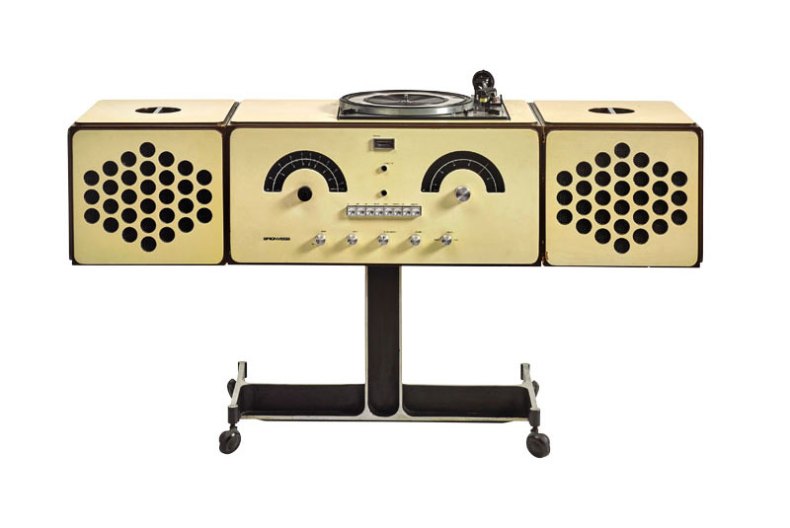
Brionvega Radio phonograph model no. RR 126 (c. 1966), Pier Giacomo Castiglioni and Achille Castiglioni. Courtesy Sotheby’s London
While it was no surprise to discover that Bowie owned the likes of a Basquiat, Air Power of 1984 (estimate £2.5m–£3.5m) – after all, Bowie was a friend and had played Warhol in Schnabel’s biopic of the artist – the extent of his modern British holdings is a revelation. Who would have expected Harold Gilman’s quiet suburban Interior (Mrs Mounter) of 1917 (£150,000–£200,000); Henry Lamb’s charcoal study for his portrait of Lytton Strachey (£25,000–£35,000); or Percy Wyndham Lewis’s Circus Scene (£70,000–£100,000) alongside several David Bombergs and Peter Lanyons?
Another deeply admired artist was Frank Auerbach. Bowie said that his small Head of Gerda Boehm of 1965 (£300,000–£500,000) could either ‘give spiritual weight to my angst’ or ‘produce in me an incredible feeling of the triumph of trying to express myself as an artist. I can look at it and say: “My God, yeah! I want to sound like that looks.”’ He did not, however, think much of either Lucian Freud or Francis Bacon.
Across the pond, Christie’s New York presents the last of Eric Clapton’s Gerhard Richters: Abstraktes Bild. Richter has long recorded his own response to music, executing a four-part Bach series in 1992 and naming another significant cycle of abstract works in 2006 after John Cage. This richly chromatic ‘squeegee’ painting of 1994, numbered 809-2 on the reverse, might almost represent vibrating sound waves, and is one of a group of three 2.3m-high canvases that the legendary guitarist acquired in 2001 for $3.4m. (The fourth in the series is owned jointly by Tate and the National Galleries of Scotland.) Two have already been sold by Clapton – in 2012, 809-4 changed hands for £21.3m, setting a new auction record for the artist and for any work by a living artist at auction. This perhaps less striking work is expected to fetch around $20m on 15 November. It will be interesting to see how it fares in light of Richter’s slightly rocky auction performance of late.
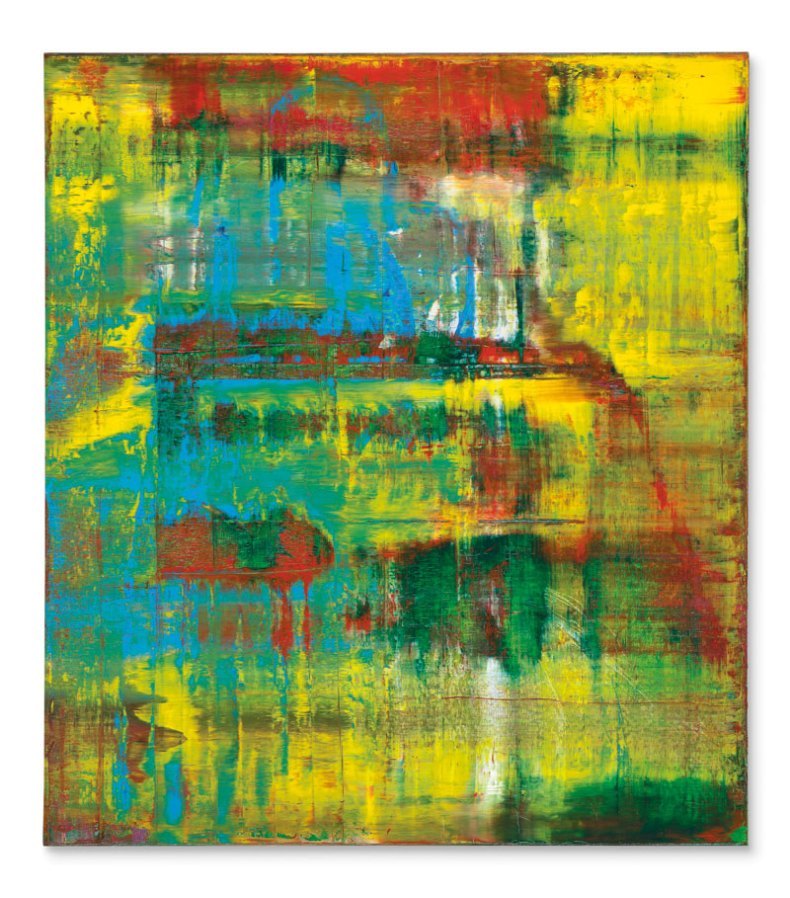
Abstraktes Bild (1994), Gerhard Richter. Courtesy Christie’s New York
It will be even more intriguing to see the fate of David Hockney’s six-panel Woldgate Woods, 24, 25 and 26 October, 2006. This 3.6m-wide work is part of several series that the artist produced after his return to his native Yorkshire and the medium of oil. The size of the small stairwell leading to his attic studio in Bridlington obliged him to work in panels to achieve this scale. Spurning the camera and other optical devices that had long absorbed his imagination, Hockney chose instead to paint en plein air in all seasons. This glowing autumnal avenue of trees, estimated at a mighty $9m–$12m, is expected to establish a new auction record for the artist at Sotheby’s New York on 17 November.
More works amassed by yet another British celebrity, the late Richard Attenborough, come to the block at Sotheby’s London on 22 November. Following the hugely successful dispersal of modern British art from the collection of Lord and Lady Attenborough in 2009, the auction house now offers some 67 pieces from their extensive holding of Picasso ceramics, another 100 of which are on display in the New Walk Museum and Art Gallery in Leicester, the city where Attenborough grew up. In 2007, the couple announced that this group would be entrusted to Leicester on their deaths, to commemorate the lives of their daughter and granddaughter lost in the 2004 tsunami; hopefully it will be accepted in lieu of tax.
This separate selection comprises, like the other, mainly edition pieces. The Attenboroughs had a summer home near Vallauris, and a first casual visit to the Madoura pottery in 1954, in which a modest ashtray was acquired for £5, launched an annual pilgrimage where Dickie would choose himself a birthday present. On his 40th, he met Picasso himself. The group contains a typically exuberant menagerie of faience owls, goats, bulls and fish alongside pieces relating to the human face or figure, the best of which exploit the form of the vessels themselves in their decoration. Ashtrays in editions of 500 these days come with an estimate of £1,000–£2,000, while the likes of Grand vase aux femmes nues of 1950, number eight in an edition of 25, where the women’s backsides are aligned to the swelling of the vessel’s belly, is expected to make £250,000–£350,000.
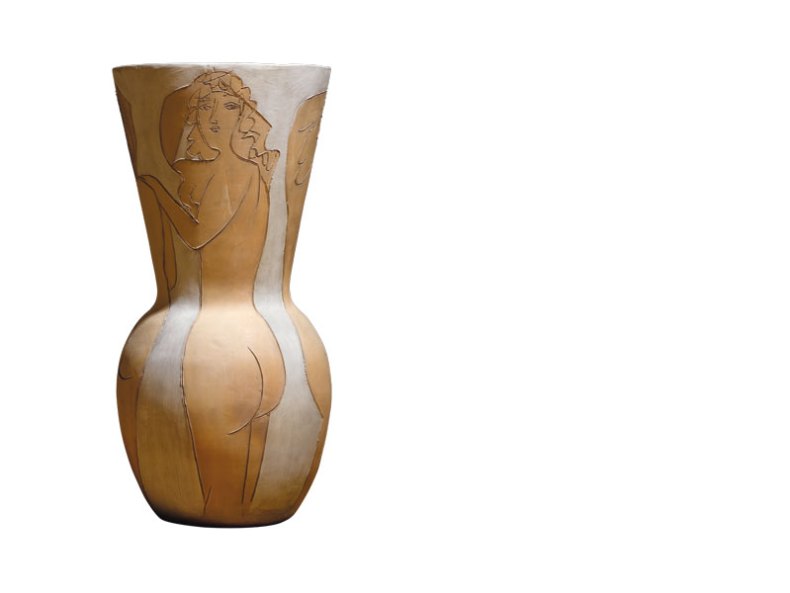
Grand vase aux femmes nues (1950), Pablo Picasso. Courtesy Sotheby’s London
On 30 November, Bruun Rasmussen Auctioneers in Copenhagen offers a previously unknown cache of watercolours and drawings made in India around 1820. This is the lion’s share of an extensive collection amassed by the Danish merchant Benjamin Wolff (1790–1866), who traded in Calcutta from 1817 to 1828 and was evidently intrigued by all that he saw around him. As one might expect, there are natural history studies galore but also architectural and design drawings and a huge selection of scenes of daily life, by artists of the Company school, anonymous British artists and by Wolff himself, who had studied at the Royal Danish Academy of Fine Arts in Copenhagen. Among the most colourful works is a Company school painting in the manner of Ram Das, a Patna artist working in Calcutta, of two satyr tragopan pheasants, executed in pencil, watercolour and bodycolour. Estimate DKK 40,000–DKK 60,000 (€5,400–€8,000).
From the November issue of Apollo: subscribe here.
Unlimited access from just $16 every 3 months
Subscribe to get unlimited and exclusive access to the top art stories, interviews and exhibition reviews.

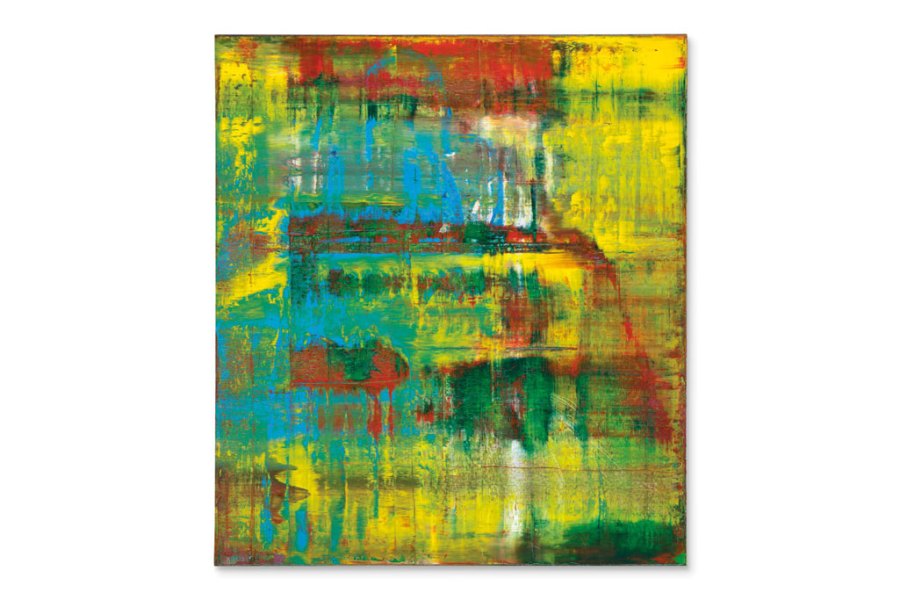


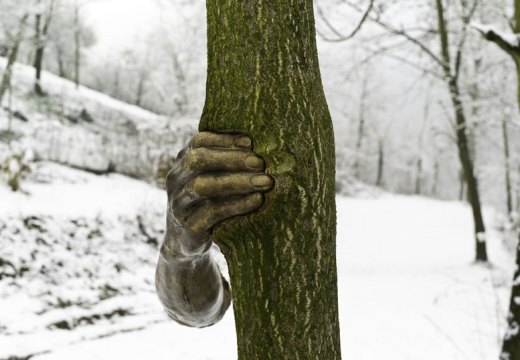









![Masterpiece [Re]discovery 2022. Photo: Ben Fisher Photography, courtesy of Masterpiece London](http://www.apollo-magazine.com/wp-content/uploads/2022/07/MPL2022_4263.jpg)
It’s time for the government of London to return to its rightful home